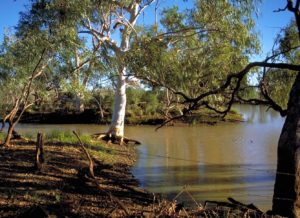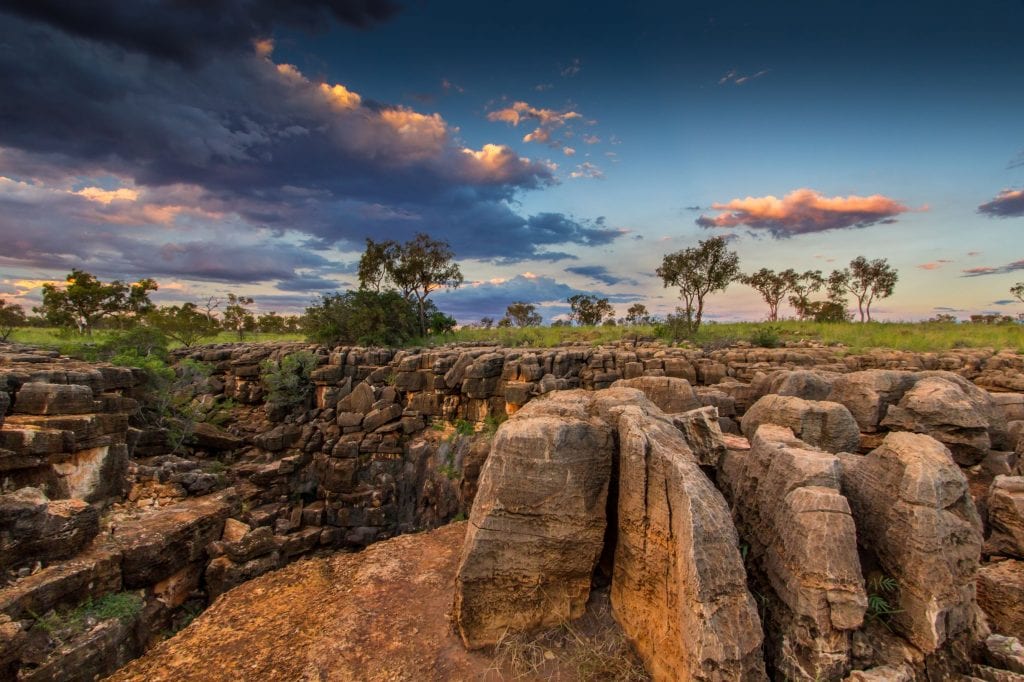National Parks
Park in Focus: Wiliyan-ngurru National Park
Earlier this year the National Park formerly known as Camooweal Caves National Park, returned to it’s original Indigenous name – Wiliyan-ngurru National Park. The name comes from the First Nations term for the rough-tailed goanna.
Traditionally Wiliyan-ngurru National Park is associated with and traversed by a number of ancestral spirits referred to as Dreamings. The Dreamings within the park form part of a large range of sacred and significant sites to the Indjalandji-Dhidhanu people. The return to the indigenous name recognises the co-stewardship of the park between the state government and the Indjalandji-Dhidhanu people.
The park is located approximately 24km south of Camooweal in north-western Queensland and 188km north-west of Mount Isa.
The park represents the Barkly Tablelands Bioregion and is 13,800 hectares of Mitchell grass plains and spinifex and turpentine wattle shrublands and open eucalypt woodlands. It features caves and sinkholes that formed when water percolated through 500-million-year-old layers of dolomite and created cabins and vertical shafts that in some places are up to 75m deep. The caves within the park are part of a much broader cave and underground river system.
There are walks that lead up to two caves, the Little Nowranie Cave (70m return), and the Great Nowranie Cave (220m return), which has a viewing platform over the entrance. Access inside the caves is currently restricted and can only be via guided tours with commercial operators.
The caves are home to the endangered Ghost Bat (NCA 1992; Listed as Vulnerable under the EPBC Act 1999), the vulnerable Orange leaf-nosed bat (NCA 1992), other insect-eating bats, and owls.
The park also contains a variety of waterholes, some seasonal, including the Nowranie Waterhole, where remote bush camping is allowed through commercial operators, and a day use picnic area is located. These waterholes, as well as the park at large, attract a range of birdlife including spoonbills, cormorants, herons and ducks. Of particular interest is the rare Freckled Duck, and the near threatened Carpentaria Grasswren.
The unique landscapes of Wiliyun-ngurru National Park are well worth a trip out to if visiting the area.

References:
Butterworth, K. (2021) Indigenous sacred site Camooweal Caves National Park officially recognised under traditional name. ABC North West QLD. https://www.abc.net.au/news/2021-03-01/camooweal-caves-national-park-renamed-as-wiliyan-ngurru/13171292?utm_source=abc_news_web&utm_medium=content_shared&utm_content=link&utm_campaign=abc_news_web
QLD Government (2013) Camooweal Caves National Park Management Statement 2013. Department of National Parks, Recreation, Sport and Racing.
QLD Government (2019) Wildnet Database Species Profiles https://apps.des.qld.gov.au/species-search/

